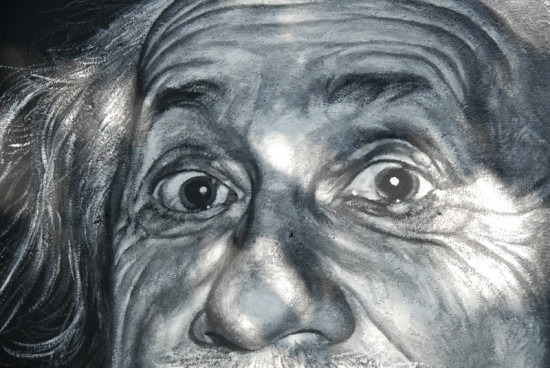
Diana Kormos-Buchwald is a historian and physicist at the California Institute of Technology. She was the lead historian on the project with immense experience editing the works of Einstein. Princeton has the largest collection of Einstein’s papers and now they are digital.
Hebrew University of Jerusalem and Princeton have collaborated since 1986 to catalog over eighty thousand documents left behind by Albert Einstein. That project has culminated into two distinct databases of the works of Albert Einstein.
Hebrew University has a digital database of Einstein’s works as well. It is called the Einstein Archives. Although Hebrew University was the first to digitize their documents, they are not the ones who have more documents to digitize.
And it is a general consensus that the Hebrew University online collection is more difficult to navigate than the new database by Princeton. The most notable differences would be the ability to choose the German or English documents or translations, and it loads faster.
The documents in the archive are not just scientific papers. Documents include personal notebooks, love letter, post cards, his birth certificate and some school transcripts. The documents reveal some of the physicist’s deepest thoughts as he revolutionized science and the world. His documents lay out his experiments, consultations with his peers and his scientific observations.
It also provides a deep look into his personal life through the documentation of his courtship, divorce, birth of his daughter and his decision to become a pacifist after World War I. It has given the scientific community a better understanding of the man behind the Theory of Relativity proving that no man is without his depth.
The fourteenth volume is slated to be released in digital format in January. No matter what anyone thinks of the physicist, this is a project that makes information free and accessible to anyone with a computer connection. His works will help inspire others to great heights and show a different side of a man that many may only see as a scientist.
(Photo courtesy of thierry ehrmann)
Comments